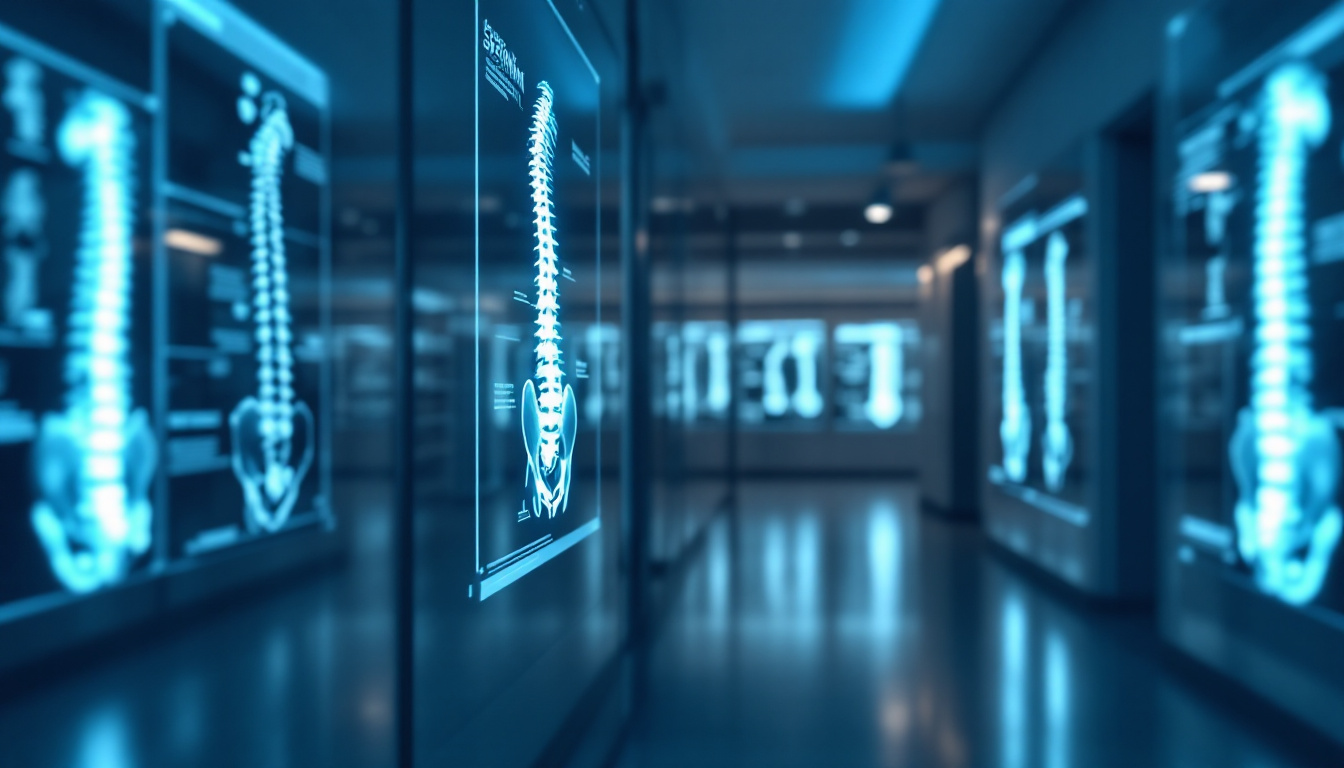Understanding LSD’s Metabolism and Addressing Common Myths
Despite persistent myths and misconceptions, LSD does not remain in the spinal cord or any part of the body for long periods after ingestion. This article aims to clarify these myths, explore the science of LSD metabolism, and discuss the implications of its effects on the body, particularly concerning the spinal cord.
Debunking the Myth: LSD in the Spinal Cord
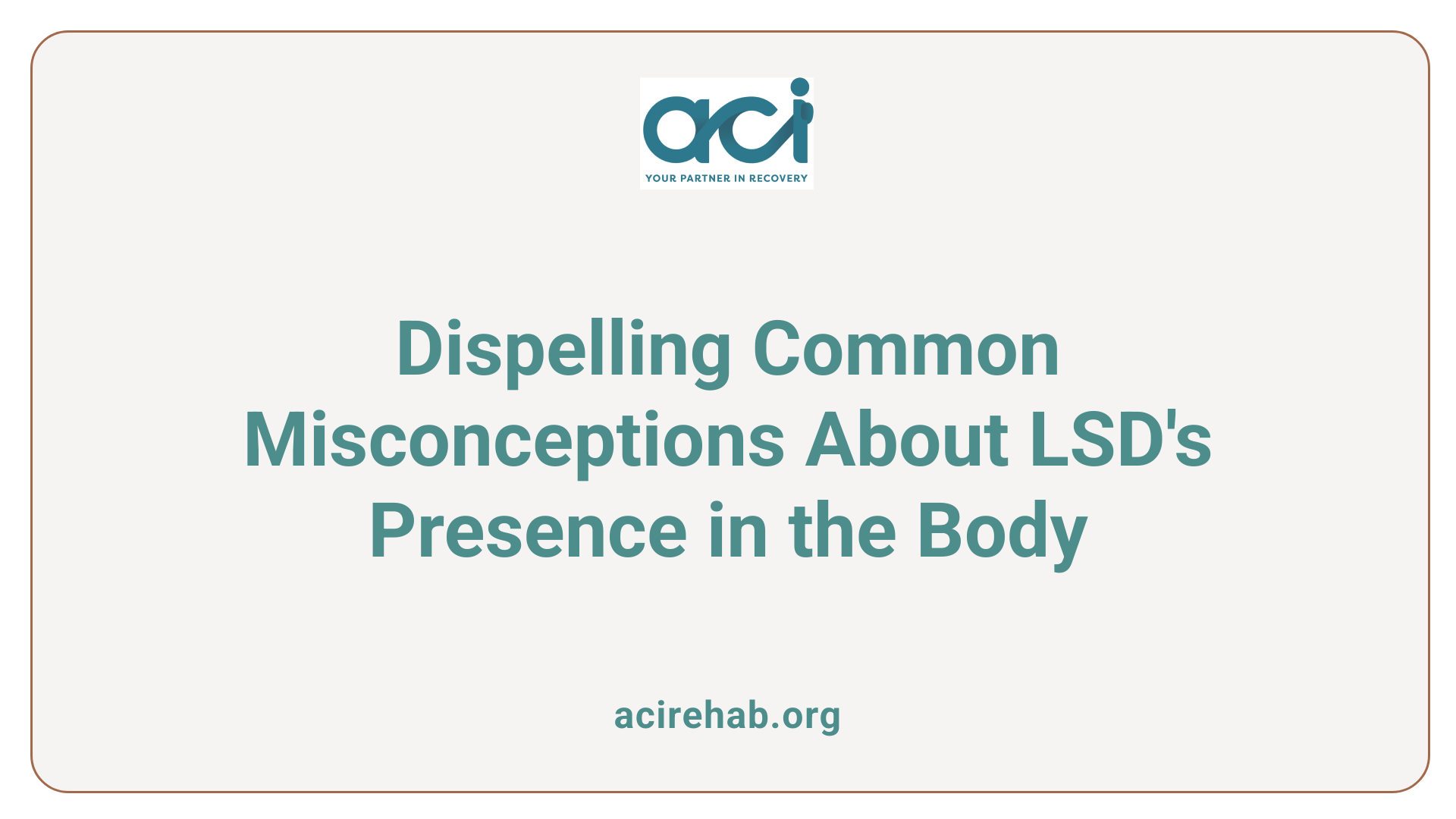
Persistent myth about LSD staying in the spinal cord
The belief that LSD remains in the spinal cord is a common misconception with no scientific backing. This myth likely originated in the 1960s, coinciding with reports of ‘flashbacks’—sudden returns to the hallucinatory state experienced during an LSD trip. However, these flashbacks are not caused by residual LSD in the body. Instead, they are attributed to psychological associations and changes in brain function resulting from the drug’s impact.
Scientific evidence disproving the myth
Research clearly shows that LSD does not linger in the spinal cord or the body. Upon ingestion, LSD is rapidly metabolized by the liver into inactive compounds, primarily 2-oxo-3-hydroxy LSD, which are eliminated through urine within 24 hours. The half-life of LSD is approximately 3-4 hours, with most of the substance fully cleared from the bloodstream shortly after use.
| Substance | Detection Time | Route of Elimination |
|---|---|---|
| LSD | 6-12 hours in blood | Primarily excreted in urine |
| Metabolites | Up to 4 days in urine | Metabolized in the liver |
| Flashbacks | Rare, psychological origin | Not due to physical presence of LSD in body |
In conclusion, LSD does not accumulate in the spinal cord, and the claims of lingering effects or potential damage are rooted in myths rather than facts. The remarkable speed at which LSD is metabolized and cleared debunks the notion of its prolonged presence in the body.
The Science of LSD Metabolism
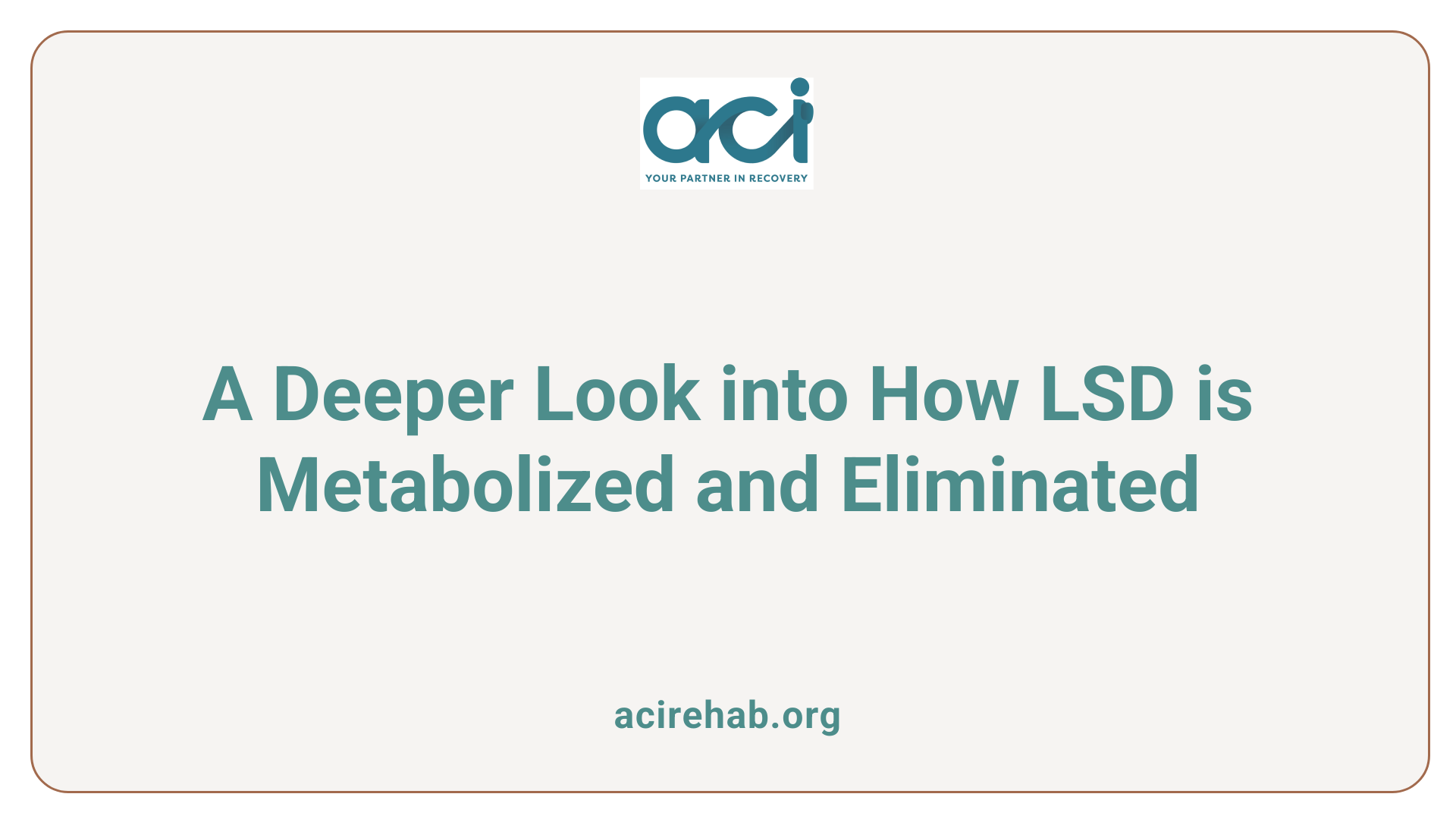
How LSD is processed in the body
LSD, or lysergic acid diethylamide, does not linger in the body but is quickly metabolized after ingestion. Once consumed, LSD is transported through the bloodstream to the liver, where it undergoes metabolic processes. The liver converts it into several inactive metabolites, with 2-oxo-3-hydroxy-LSD being the primary byproduct.
The half-life of LSD is approximately 3 to 4 hours, meaning that the concentration of the drug in the bloodstream decreases by half within that time frame. This rapid metabolism leads to the drug being largely cleared from the body within 24 hours, further discrediting myths about LSD remaining in tissues such as the spinal cord.
Elimination of LSD and its metabolites
Most of the metabolites are excreted via urine and feces. LSD detection in routine drug tests is challenging due to its quick elimination. Traces can be found in urine for 2 to 4 days following use, but only about 1% of unchanged LSD remains detectable within 24 hours. In contrast, hair follicle tests can identify LSD for up to 90 days, although the testing reliability is still being explored.
Flashbacks, often linked with LSD use, should not be confused with the drug’s physical presence; these psychological reactions arise from brain chemistry changes and not from residual LSD stored in the body. The belief that LSD can have lasting effects because it remains in the spinal cord is an unfounded myth.
Understanding Flashbacks and Their Origin
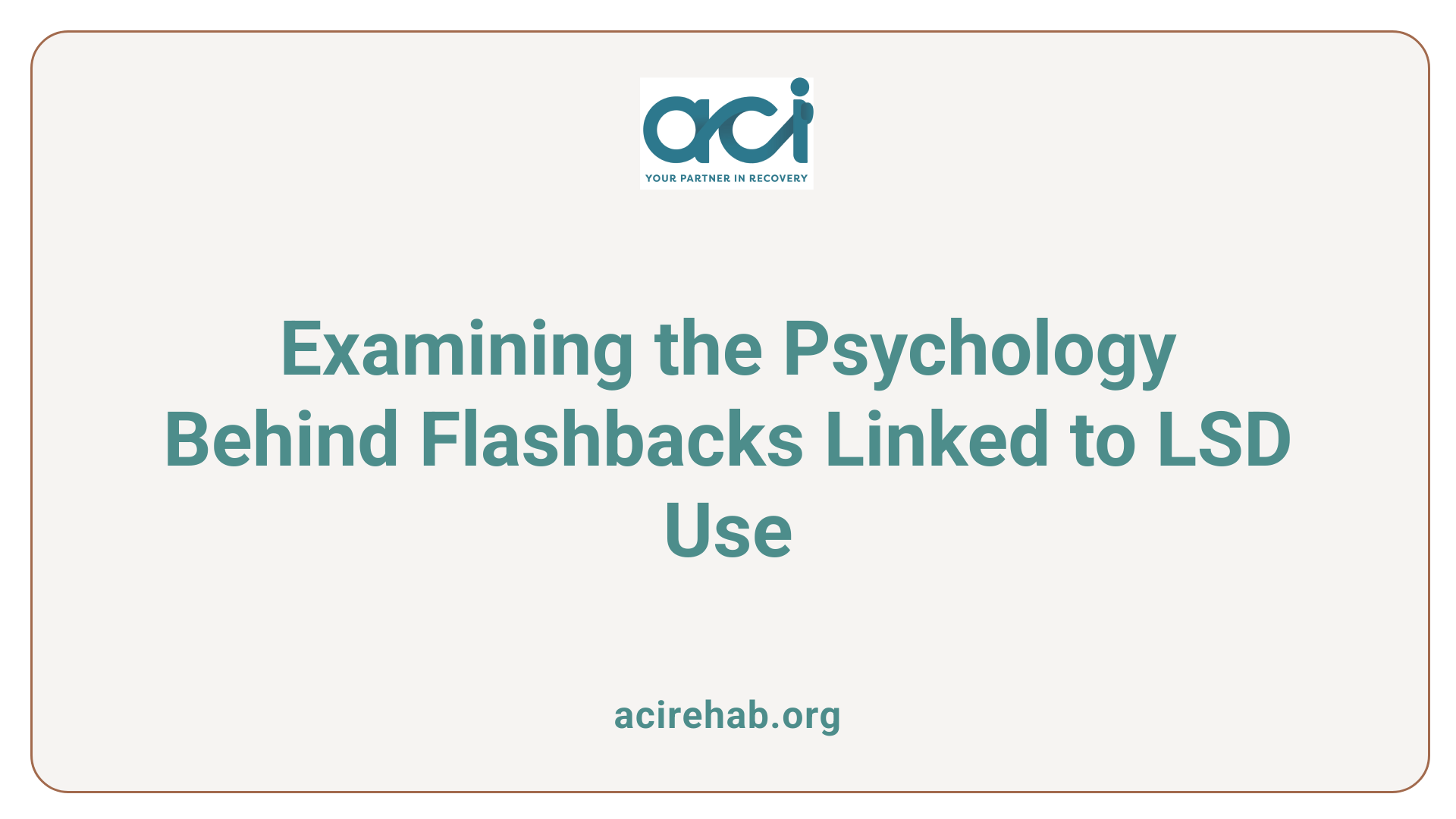
Definition of flashbacks
Flashbacks are sudden, involuntary recollections of a previously experienced event or sensation, particularly ones associated with drug use. These can occur in individuals who have previously taken hallucinogens like LSD. Flashbacks are not always reflective of the original experience but can be fleeting impressions that evoke similar feelings or visuals experienced during the drug’s peak effects. This phenomenon can lead individuals to think that remnants of LSD are still present in their bodies, which is inaccurate.
Common misconceptions about flashbacks
One prevalent misconception about flashbacks is that they are caused by remaining traces of LSD lingering in the body, especially in the spinal cord. However, scientific research has shown that LSD is rapidly metabolized and eliminated from the body, typically within 24 hours post-ingestion. Flashbacks are more likely related to psychological factors—changes in brain chemistry and function—that persist after the drug has been cleared from the system. This confusion is compounded by anecdotal evidence, further perpetuated by myth.
| Flashback Aspect | Explanation | Facts |
|---|---|---|
| Cause | Psychological changes, not drug residue | Flashbacks are not linked to ongoing drug presence in the body |
| Duration of Drug in Body | Short-term clearance | LSD is metabolized within hours and typically excreted within 24 hours |
| Common Misunderstanding | LSD residues in the spinal cord | No evidence supports accumulation in spinal tissue |
The Neurobiology and Effects of LSD
LSD’s Interaction with the Nervous System
LSD, or lysergic acid diethylamide, primarily affects the brain rather than accumulating in the spinal cord. After ingestion, LSD is rapidly absorbed into the bloodstream and metabolized by the liver, largely transforming into the inactive compound O-H-LSD. This process ensures that LSD is cleared from the body within 24 hours through urine and feces.
A common myth suggests that LSD remains in the spinal cord, but extensive studies have debunked this claim. Research indicates that LSD does cross the blood-brain barrier temporarily but does not linger in the spinal fluid or spinal tissue due to its water-soluble characteristics.
Temporary Effects on the Spinal Cord
While LSD does interact with the nervous system, its effects are temporary and do not imply long-term presence in bodily tissues. Experiments, such as those conducted on mice, demonstrated that the significant neurophysiological alterations caused by LSD are reversible and do not lead to permanent changes. Flashbacks, often misconstrued as residual effects of the drug, are instead psychological occurrences that arise from prior experiences, not from any stored physical trace of LSD.
In summary, LSD does not stay in the spinal cord or anywhere else in the body for extended periods, reinforcing that its primary effects and notable interactions happen in the brain.
Spinal Cord and LSD: Any Lasting Effects?
Research on LSD’s Impact on the Spinal Cord
There is a prevalent myth that LSD remains in the spinal cord for prolonged periods, but extensive scientific research indicates otherwise. LSD is a water-soluble compound that is rapidly metabolized by the liver into inactive metabolites, primarily 2-oxo-3-hydroxy LSD (O-H-LSD). It is eliminated from the body within 24 hours after ingestion, and significant quantities are detected in urine shortly after.
In animal studies, researchers observed that LSD could cross the blood-brain barrier and interact with the spinal cord. However, this interaction is transient and does not suggest permanent retention. For instance, LSD has shown to enhance spontaneous activity in spinal neurons, but any changes to neural function appear to be reversible, indicating that LSD does not produce lasting physical alterations.
Reversibility of LSD Effects
Electrophysiological modifications caused by LSD were observed to be reversible, suggesting that the substance does not leave enduring effects in the spinal cord or elsewhere in the body. The idea that LSD has long-term effects, particularly in the spinal cord, stems from anecdotal reports rather than empirical evidence.
Additionally, while LSD may influence neurotransmitter release temporarily, its metabolites clear from the system relatively quickly, with half-lives of 3 to 4 hours. Therefore, claims regarding LSD lingering in the spinal cord are firmly rooted in myths, and scientific studies have consistently failed to support such assertions.
Myth-Busting: LSD in Body Fluids and Tissues
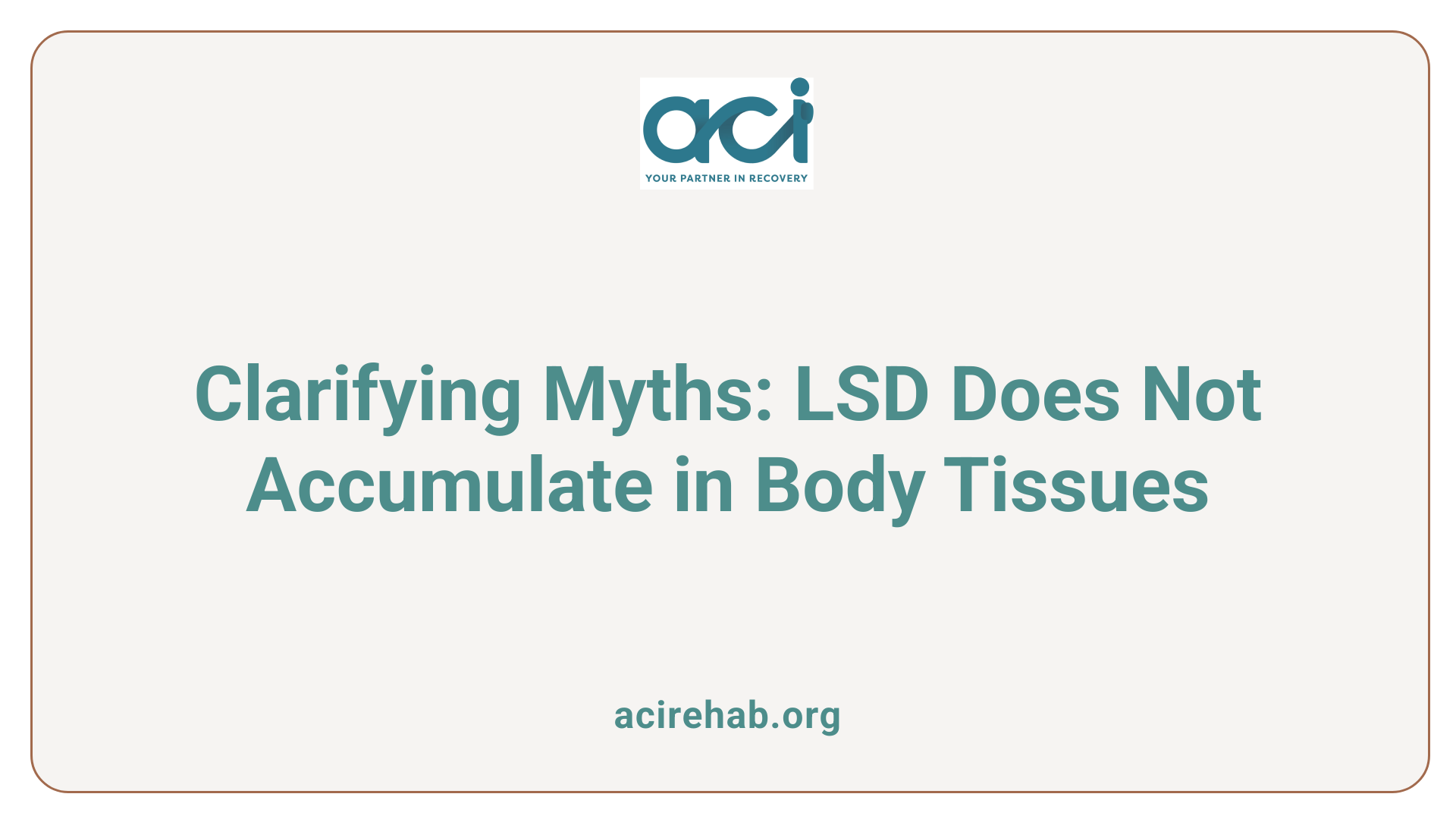
Why LSD doesn’t accumulate
The misconception that LSD remains stored in the spinal cord or body originates from myths and anecdotal experiences. Scientific evidence shows that LSD does not accumulate, as it is water-soluble and rapidly metabolized by the liver. Within hours after ingestion, LSD is converted into inactive metabolites, primarily 2-oxo-3-hydroxy LSD (O-H-LSD), which are then excreted in urine and feces.
Despite claims, research has consistently shown that LSD does not linger in the spinal cord or other body tissues. No medical evidence holds that LSD can cause physical damage to the spinal cord, nor does it leave a permanent trace.
Process of elimination from body fluids
LSD follows a predictable elimination timeline. After ingestion, about 50% of LSD is cleared from the body within 3 to 4 hours, and traces might linger only temporarily. In general, LSD is no longer detectable in urine after 2 to 4 days following usage.
For efficient detection, standard urine tests may not suffice due to LSD’s quick metabolism. Interestingly, while LSD itself does not stick around, psychological effects akin to "flashbacks" may occur, but these are attributed to brain chemistry changes rather than residual substances.
| Detection Method | Timeframe | Notes |
|---|---|---|
| Blood | 6 to 12 hours | Very short detection window |
| Urine | Up to 8 hours; generally out in 2-4 days | Low doses make it hard to detect |
| Hair | Up to 3 months | Longer-term residue detection |
Hallucinogen Persisting Perception Disorder (HPPD)
Understanding HPPD linked with LSD
Hallucinogen Persisting Perception Disorder (HPPD) is a condition that can occur after the use of hallucinogenic drugs like LSD. It manifests as persistent visual disturbances or hallucination-like experiences long after the drug’s effects have dissipated. Despite the term, HPPD does not imply that LSD is physically remaining in the body; rather, it’s often related to psychological aftereffects associated with previous use.
Differentiating HPPD from lingering presence
It is crucial to understand that HPPD is not caused by the lingering presence of LSD in the body or spinal cord, as there is no scientific evidence supporting this myth. The drug is metabolized and eliminated quickly, usually within 24 hours. The flashbacks or visual disturbances experienced in HPPD are thought to stem from changes in brain chemistry rather than residual substance effects.
HPPD can involve re-experiencing elements of the LSD experience, but the disorder’s occurrences are linked more to psychological factors than to any remaining psychedelic compounds in the system.
Exploring the Role of Metabolites like O-H-LSD
Metabolites of LSD Processing
When LSD is consumed, the body metabolizes it primarily in the liver. The metabolism process results in the formation of various inactive metabolites. The most notable of these is 2-oxo-3-hydroxy LSD (O-H-LSD). This compound is crucial because it is formed rapidly after ingestion, indicating the efficient processing of LSD by the body. The metabolites, including O-H-LSD, are mainly excreted through urine and feces.
Role of O-H-LSD in Detection
O-H-LSD plays a significant role in drug testing, as it can be detected in bodily fluids, but standard urine tests may not reliably identify LSD due to its quick metabolism and low receptors. While LSD itself generally clears from the body within hours, traces of its metabolite O-H-LSD may linger longer in urine, depending on individual factors. Understanding O-H-LSD’s role enhances our knowledge of LSD’s rapid elimination and reinforces that the substance does not remain stored in the spine or body long-term.
Unraveling the Origin of LSD Myths
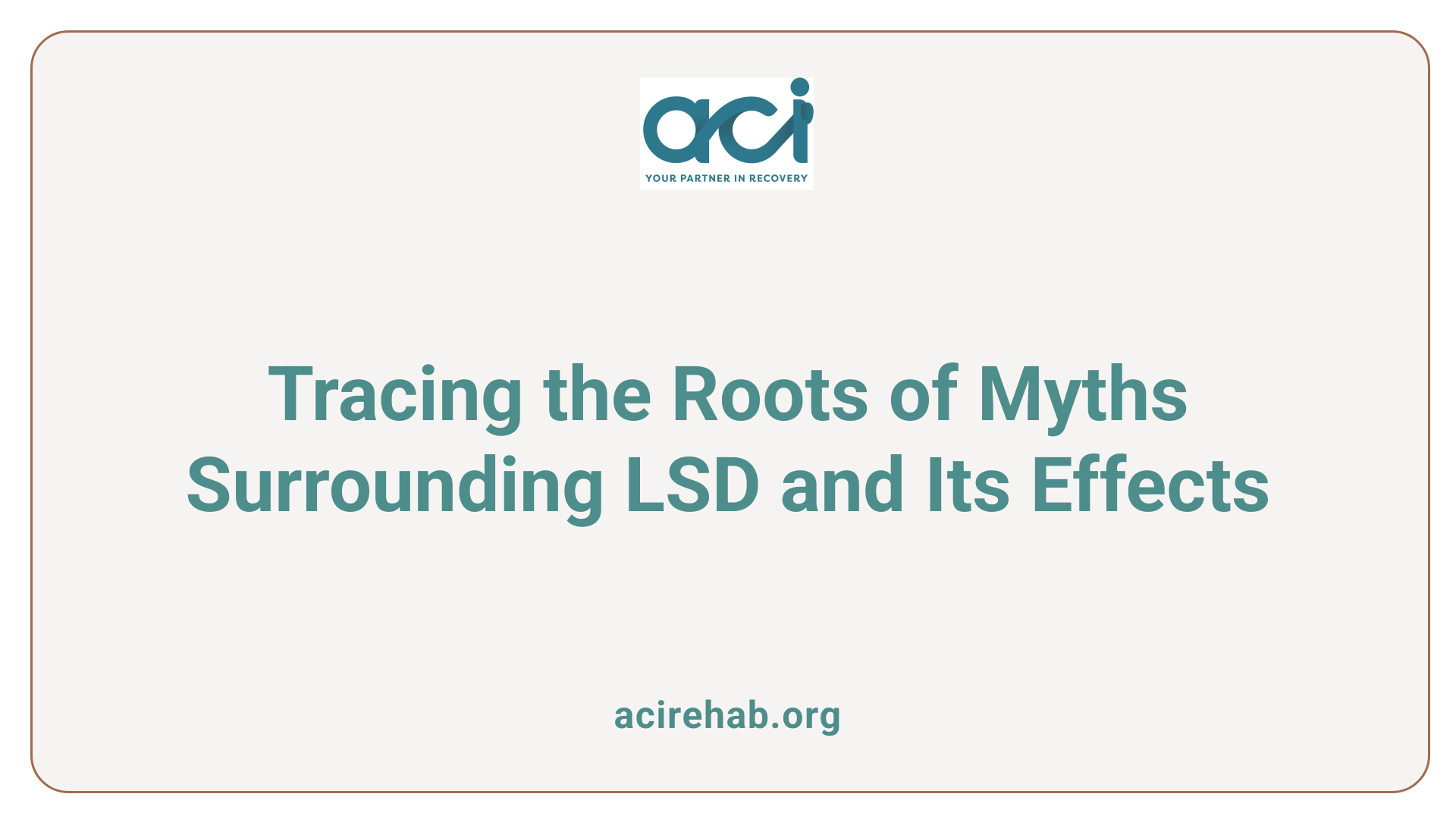
Historical Context of LSD Myths
The misconceptions surrounding LSD, particularly the belief that it lingers in the spine or body indefinitely, can be traced back to the cultural upheaval of the 1960s. During this era, LSD gained notoriety as a powerful hallucinogen, with widespread use among counterculture movements. Reports of flashbacks—unexpected recurrences of LSD experiences—emerged, leading to the notion that the drug must somehow remain in the body,
contributing to a societal fear of its long-term effects.
Social and Cultural Factors Contributing to Misconceptions
Further compounding these myths were a number of anecdotal accounts and sensationalized media portrayals. Many individuals referenced such experiences without scientific backing, spreading misinformation about LSD’s metabolic processes. The narratives often emphasized the drug’s purported dangers rather than exploring its actual pharmacokinetics, which show that LSD is rapidly metabolized and eliminated from the body. This blend of historical context with social misconceptions has perpetuated the myth that LSD can remain in the spinal cord and influence users long after ingestion.
Influences on Cerebrospinal Fluid Production
What substances influence cerebrospinal fluid (CSF) production?
Several substances can significantly affect cerebrospinal fluid (CSF) production, primarily through their impact on the choroid plexus. This specialized tissue within the ventricles of the brain is responsible for the continuous secretion of CSF.
Substances That Reduce CSF Production:
- Thiopental: Commonly used as an anesthetic, thiopental decreases cerebral blood flow and oxygen metabolism, resulting in reduced CSF secretion.
- Midazolam: Another anesthetic which lowers CSF production through similar mechanisms.
- Etomidate: Often used for its sedative properties, etomidate also contributes to diminished CSF levels.
Substances That Stimulate CSF Production:
- Ketamine: An anesthetic that can stimulate CSF production, possibly through its unique action on neurotransmitter systems.
- Enflurane: This volatile anesthetic can enhance CSF dynamics, leading to increased fluid production.
Understanding cerebrospinal fluid dynamics
The choroid plexus functions by utilizing specialized membrane transport mechanisms. Key transport proteins such as Na+/K+-ATPase and Na+/K+/2Cl− cotransporter enable the choroid plexus to facilitate fluid movement against osmotic gradients, crucial for maintaining brain function and homeostasis.
The regulation of CSF production is vital for protecting the brain and ensuring nutrient transport, and understanding how various substances influence this process can elucidate the complexities of cerebrospinal fluid dynamics.
Concluding Thoughts on LSD and the Spinal Cord
Understanding LSD’s metabolic process underscores the importance of dispelling myths about its long-term presence in the spinal cord. This knowledge not only demystifies common misconceptions but also provides a scientific perspective on the drug’s effects and elimination. Armed with factual information, readers can approach discussions about LSD with a clearer comprehension of its pharmacokinetics and actual impacts on the body.
References
- Does LSD Stay in Your Spine? – Action Rehab
- Does Acid Stay in Your Spine?
- Acid And Its Impact On The Spinal Cord
- Does Acid Stay in Your Spinal Cord?
- The action of LSD on the isolated frog spinal cord
- Does Acid Stay in Your Spinal Cord?
- Does LSD Stay in the Spinal Fluid?
- Does Acid Stay in Your Spinal Cord?
- How Long Does LSD Stay in Your System?

